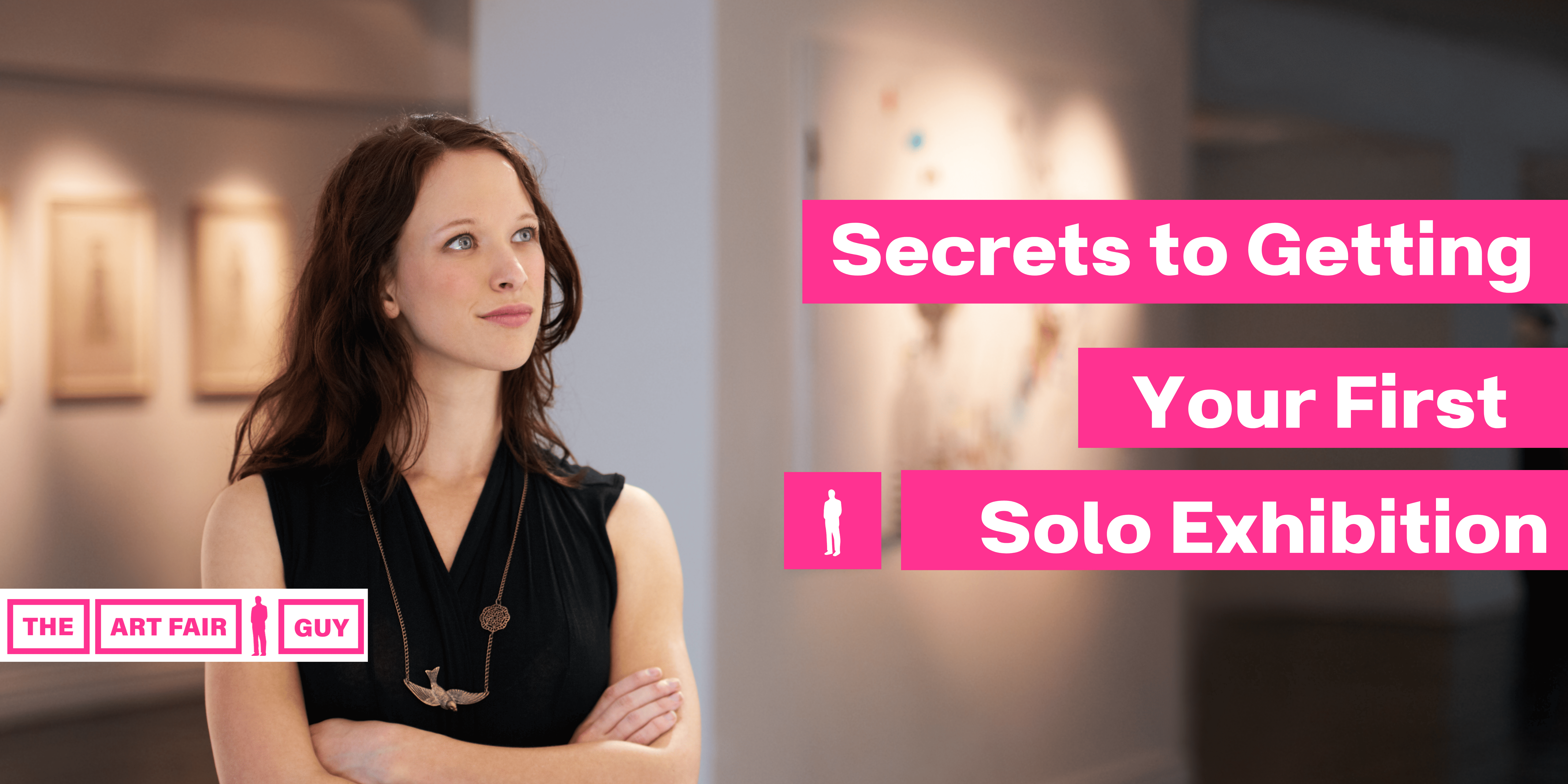For new and emerging artists, one of the most challenging aspects of the creative journey is deciding how to price their work. Striking the right balance between affordability and fair value is essential. Properly pricing your art not only ensures financial sustainability but also reflects the value of your creative process. This guide will walk you through everything you need to know about setting prices for your artwork.
1. Why Is Pricing Your Art Important?
Your pricing strategy impacts how your art is perceived by potential buyers and collectors. Setting your prices too low may undervalue your efforts, while overpricing can deter buyers. Pricing your art appropriately establishes your credibility as an artist and helps build trust with your audience.
2. Factors to Consider When Pricing Your Art
Several factors influence how to price your artwork. Understanding these will help you develop a consistent and fair pricing structure.
a. Cost of Materials
Start by calculating the cost of materials used to create your art, such as paints, canvases, brushes, and tools. These should always be covered when pricing your art.
b. Time Spent
Track the hours you spend creating each piece. Assign an hourly rate based on your experience, skill level, and the complexity of your work. This labor cost is a crucial component of pricing.
c. Market Research
Research similar artists in your niche or style to see how they’re pricing. Look at their experience level, the size of their work, and the platforms they use to sell.
d. Size and Medium
Larger pieces or works made with premium materials generally warrant higher prices. Similarly, paintings, sculptures, or digital art might have different pricing benchmarks.
e. Reputation and Experience
As a new artist, your prices will likely be lower than those of established creators. Over time, as you build your reputation, you can adjust how you’re pricing your art.
3. Methods for Pricing Your Art
Here are some common approaches to pricing your artwork:
a. Cost-Based Pricing
This method involves adding up your material costs, time, and any additional expenses, then applying a markup to determine the final price.
Example:
- Materials: $50
- Time: 10 hours at $20/hour = $200
- Total: $250
- Markup (30%): $75
- Final Price: $325
b. Size-Based Pricing
Set a price per square inch (or centimeter) for your work. Multiply the size of the piece by your rate to get the total price.
Example:
- Price per square inch: $2
- Artwork size: 16 x 20 inches = 320 square inches
- Final Price: $640
c. Value-Based Pricing
This approach considers the perceived value of your work. Factors like originality, emotional impact, or rarity play a key role in pricing your art using this method.
4. Common Mistakes to Avoid
When pricing your art, watch out for these pitfalls:
a. Undervaluing Your Work
Don’t hesitate to price your art fairly, even if you’re just starting out. Low prices can make your art seem less valuable.
b. Inconsistent Pricing
Avoid varying prices for similar-sized or styled pieces unless there’s a clear reason. Consistency builds trust with buyers.
c. Ignoring Your Target Audience
Consider the spending capacity of your audience. If your prices are too high for your market, you may struggle to sell.
5. Where to Sell Your Art
The platform you choose can also influence how you’re pricing.
a. Online Marketplaces
Websites like Etsy, Saatchi Art, or Artfinder are great for new artists. They often charge a commission, so factor this into your pricing.
b. Social Media
Platforms like Instagram and TikTok allow you to connect directly with buyers. Be transparent when pricing your art on social media to avoid confusion.
c. Galleries
Gallery representation can add credibility but often comes with high commission rates (typically 30–50%). Adjust your prices accordingly.
d. Art Fairs and Exhibitions
These events allow you to showcase your art to a broad audience. Consider travel and booth costs when pricing your art for fairs.
6. Adjusting Your Prices Over Time
As your skills grow and you gain recognition, you can revisit your pricing structure. Monitor feedback, sales trends, and market demand to ensure you’re still pricing your art competitively.
When to Raise Your Prices:
- You’ve sold several pieces consistently.
- Your reputation as an artist has grown.
- The demand for your art has increased.
When to Keep Prices Steady:
- You’re still establishing yourself.
- Sales have slowed, and the market feels saturated.
7. Communicating Your Prices with Confidence
Once you’ve set your prices, stand by them confidently. Buyers often respect artists who value their work. Avoid the temptation to lower your prices too quickly. Instead, explain the effort, materials, and creativity behind your art to justify the cost.
Final Thoughts on Pricing Your Art
Pricing your art is an ongoing learning process, especially for new and emerging artists. By considering your costs, market trends, and the value of your creative efforts, you can set fair and sustainable prices.
Remember, pricing isn’t just about covering expenses—it’s about valuing your art and the passion you pour into it. With the right approach, pricing your art becomes a tool to build a successful and rewarding artistic career.
Take Your Art Career to the Next Level with Expert Consulting from The Art Fair Guy
The Art Fair Guy offers expert consulting for artists looking to excel in art fairs and exhibitions. Whether you’re unsure where to start or need help pricing your art, we provide customized packages tailored to your individual goals. From showcasing strategies to personalized artistic assessments, we’ve got you covered. For details, visit The Art Fair Guy’s Consulting Packages, or reach out directly at office@theartfairguy.com to book a consultation.









